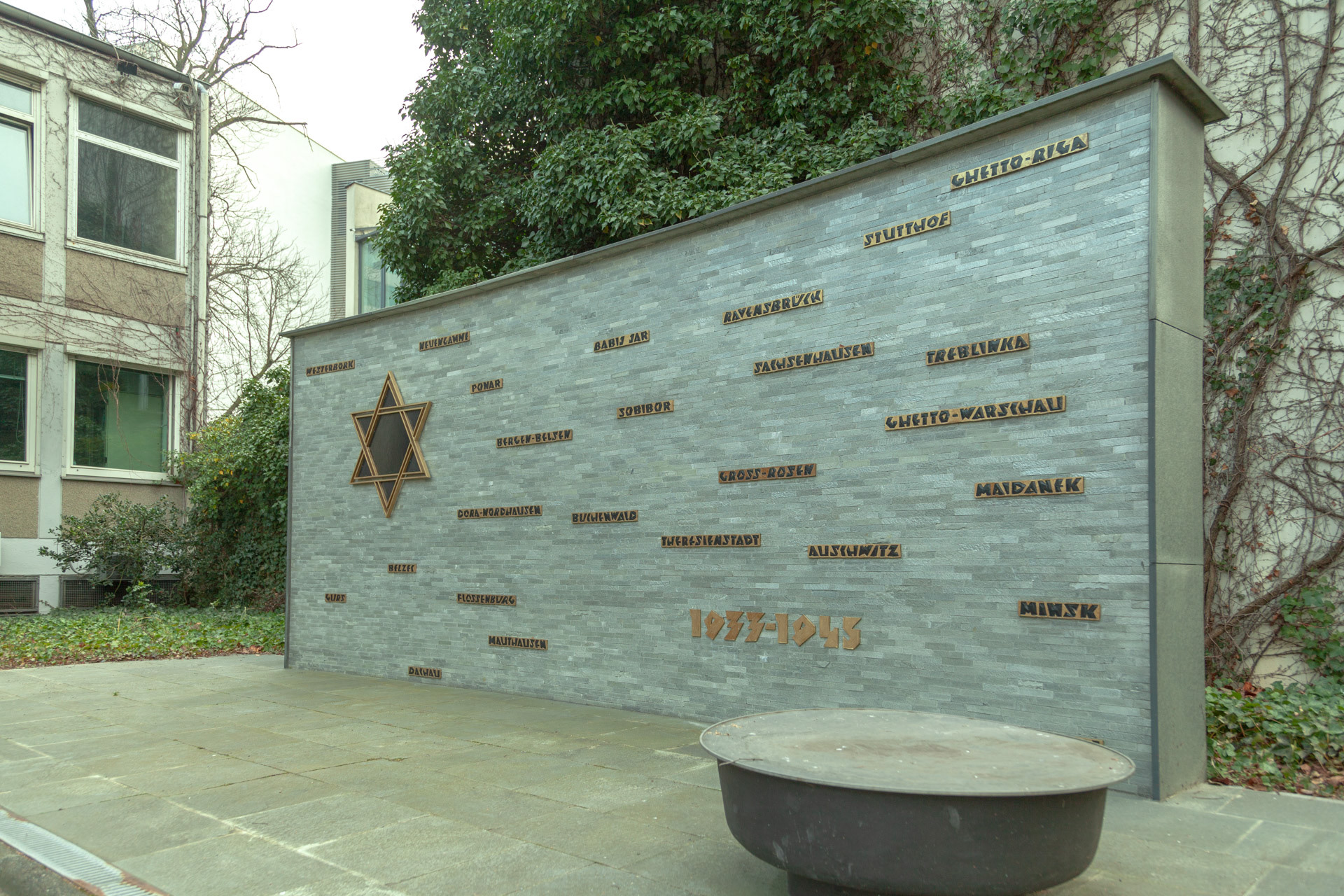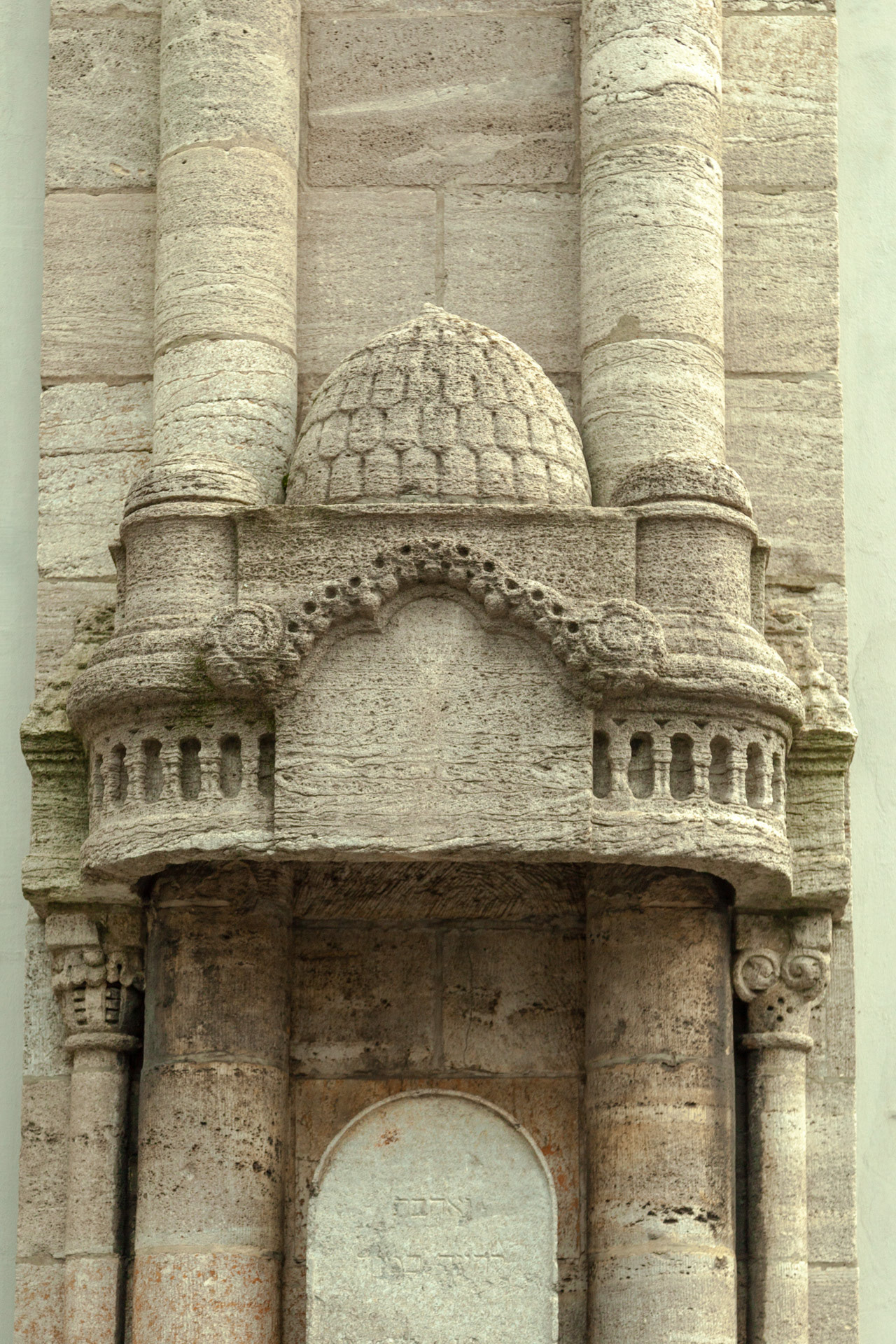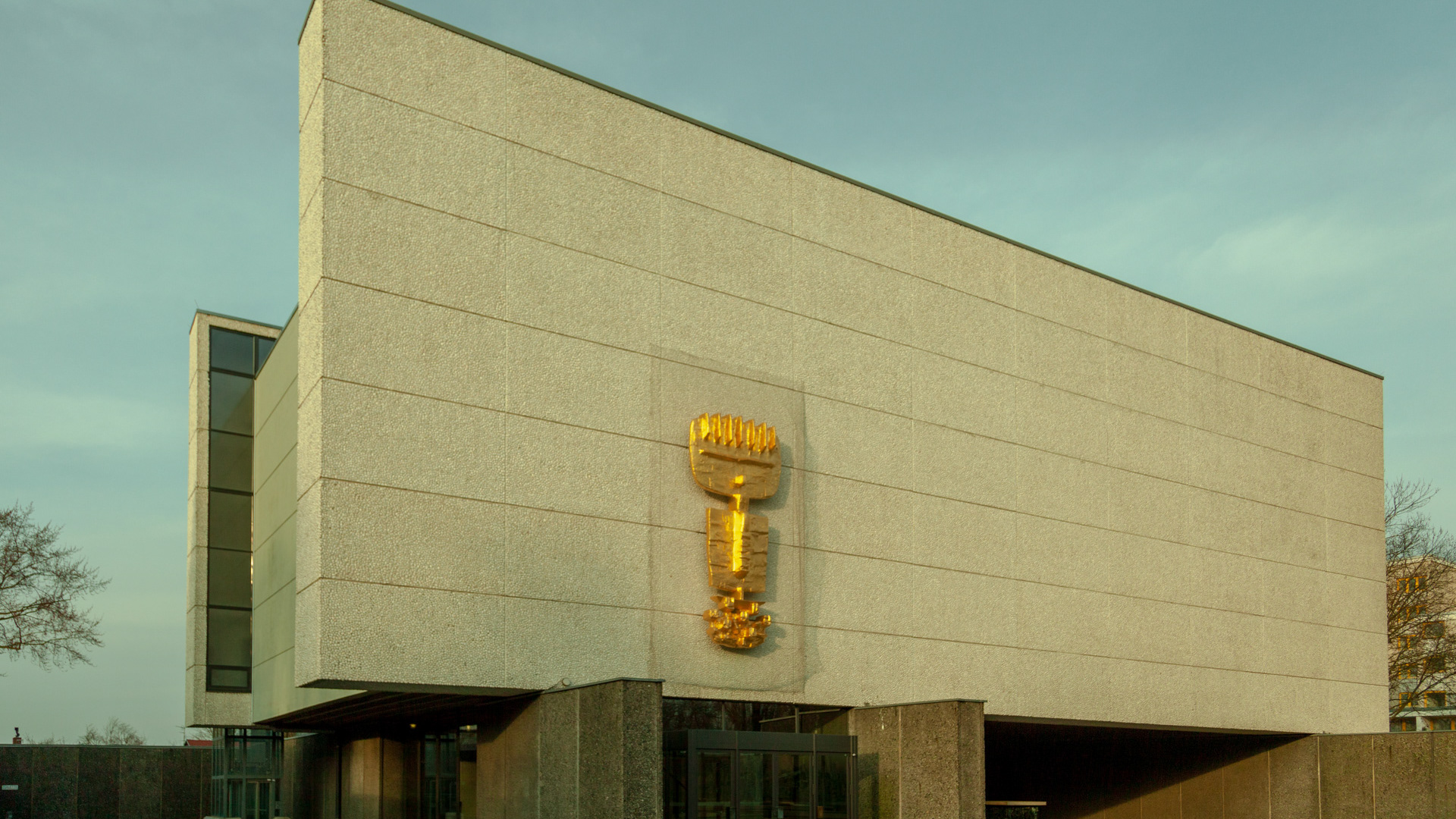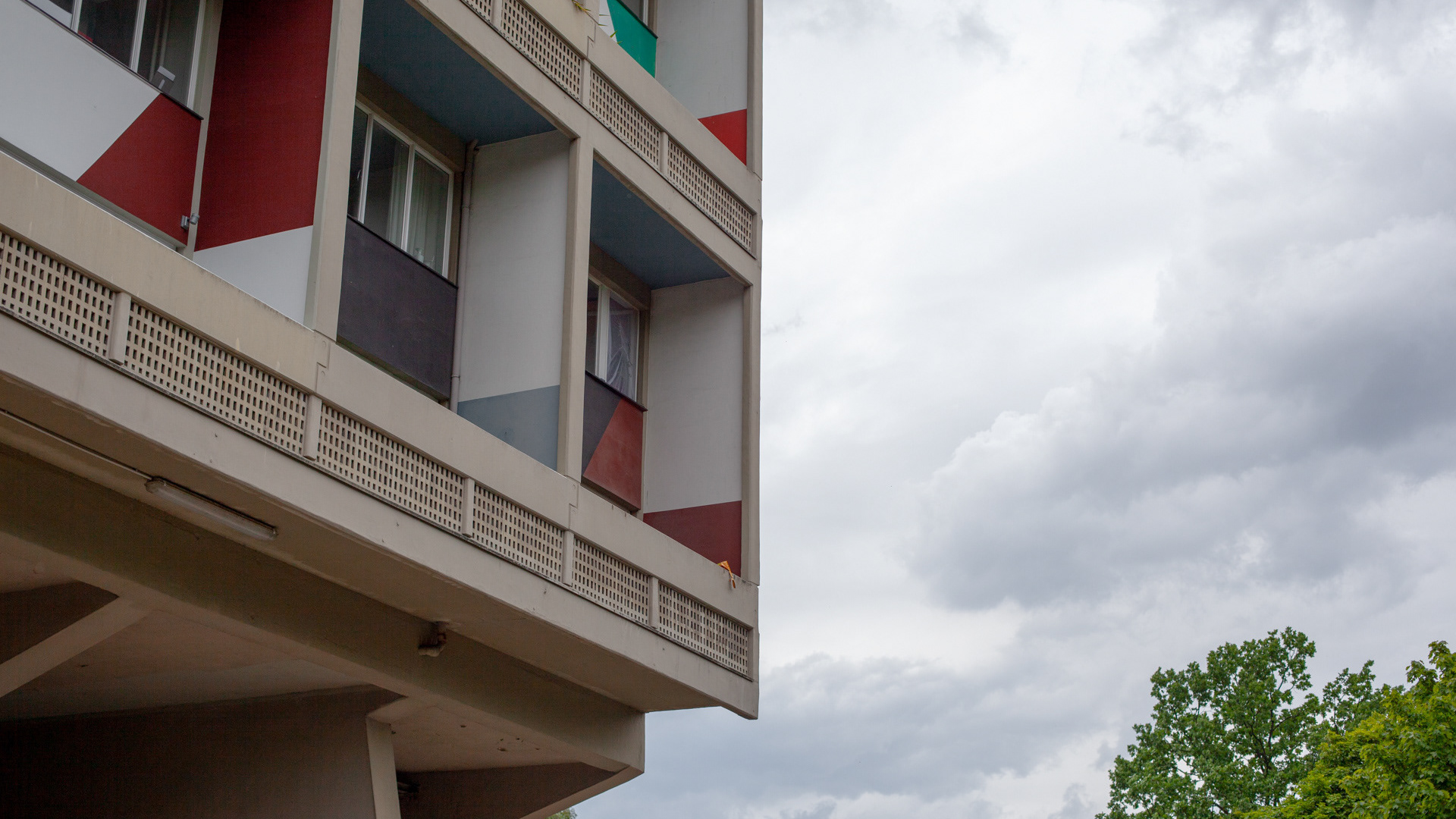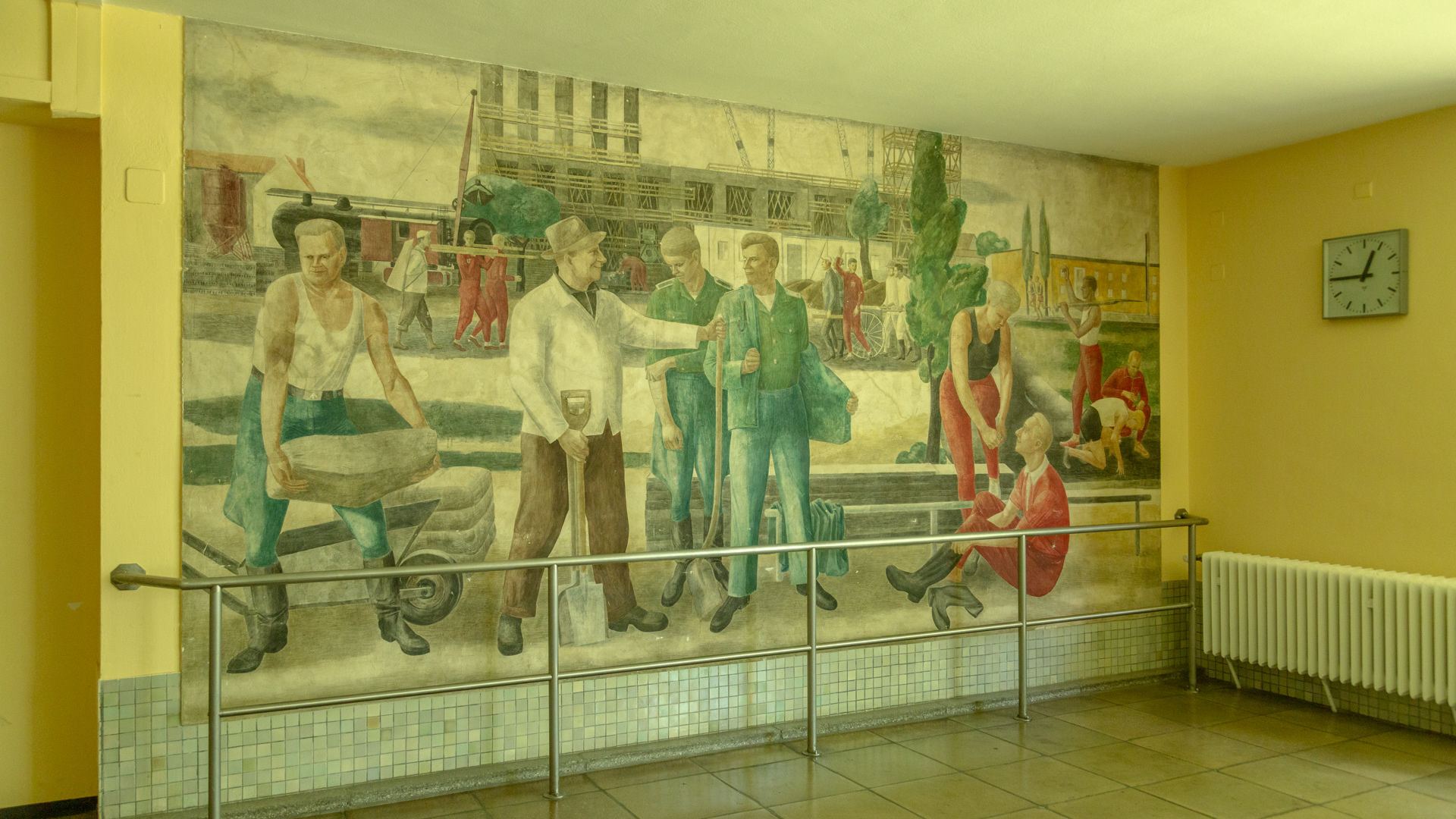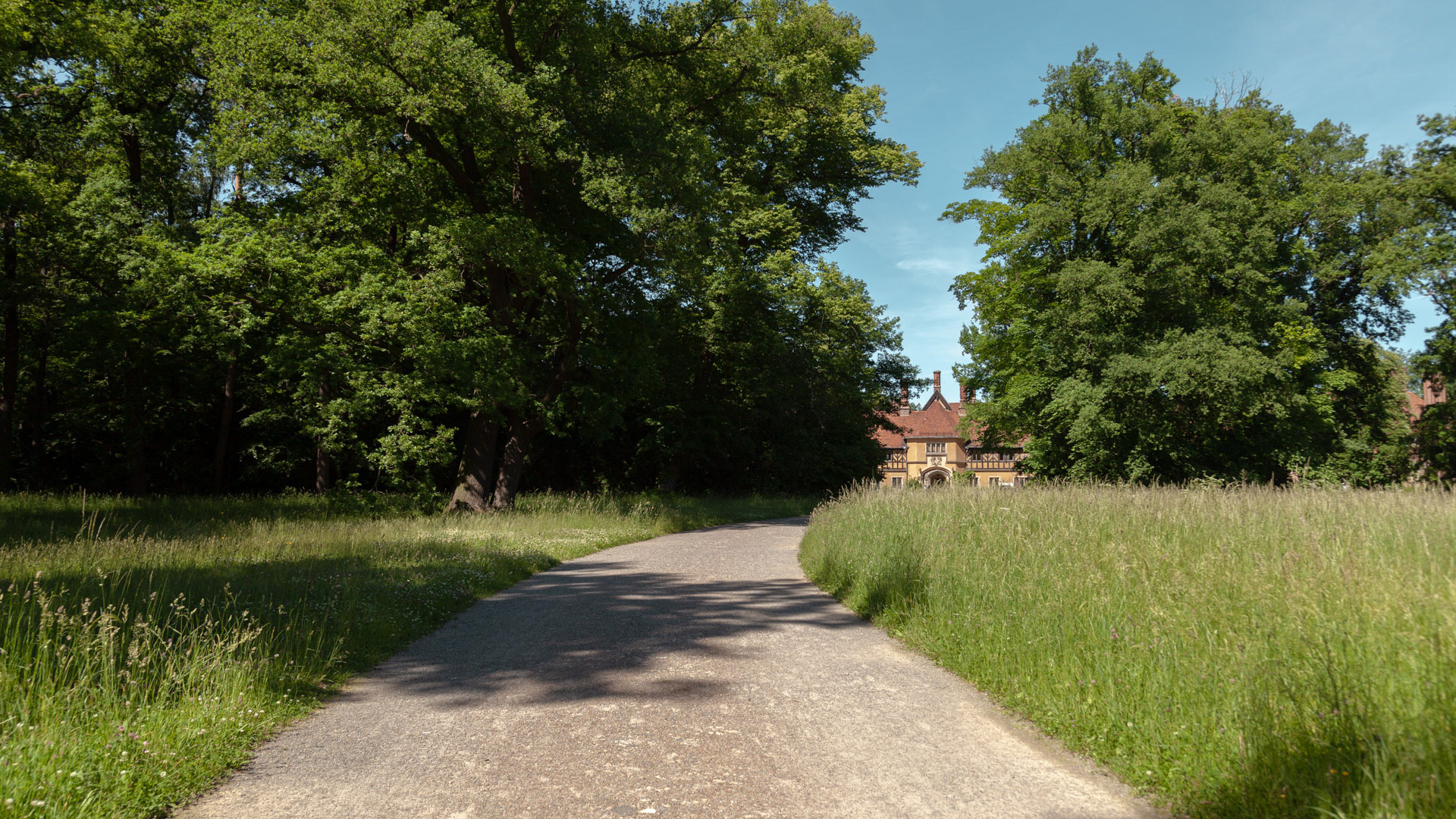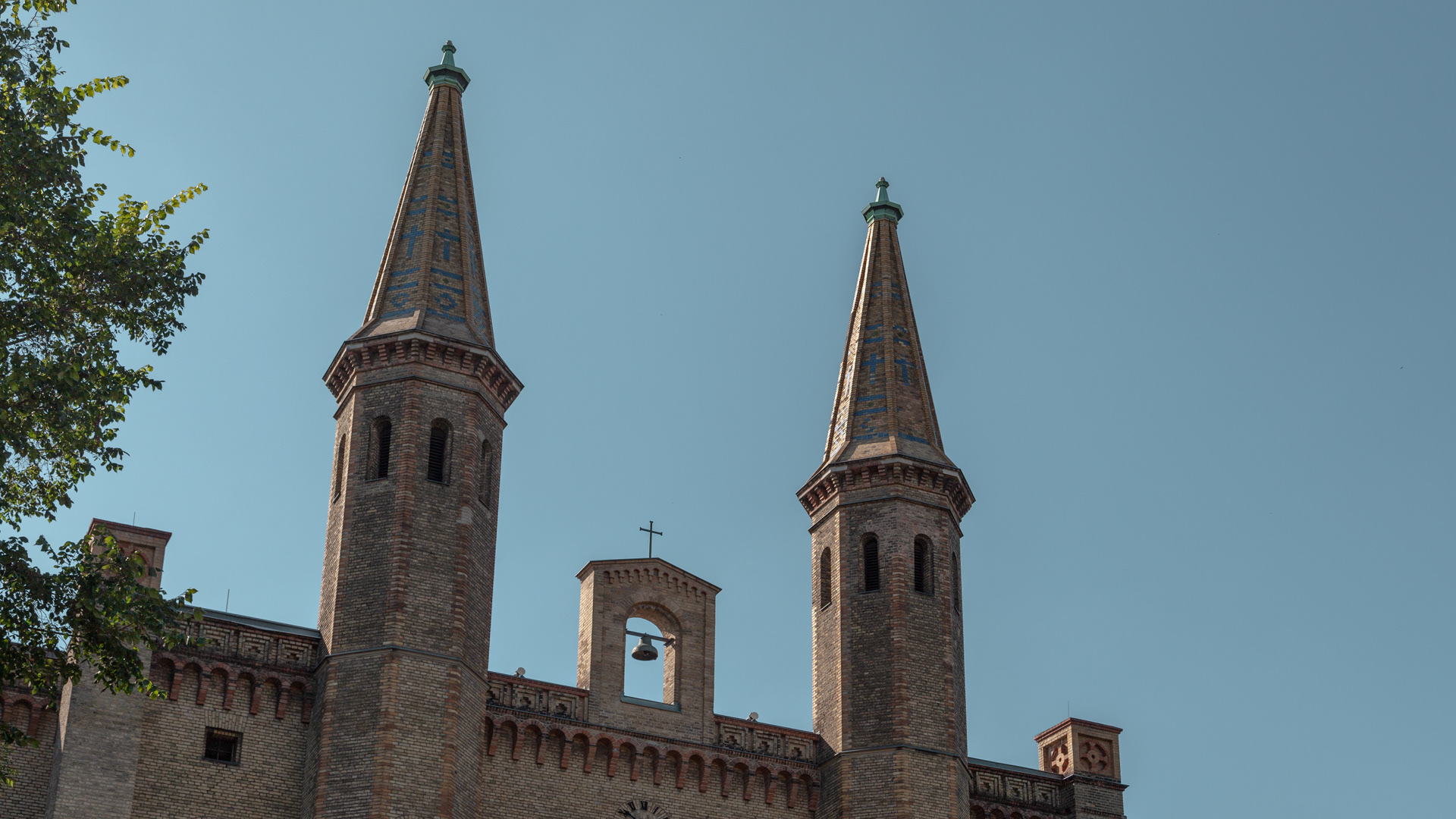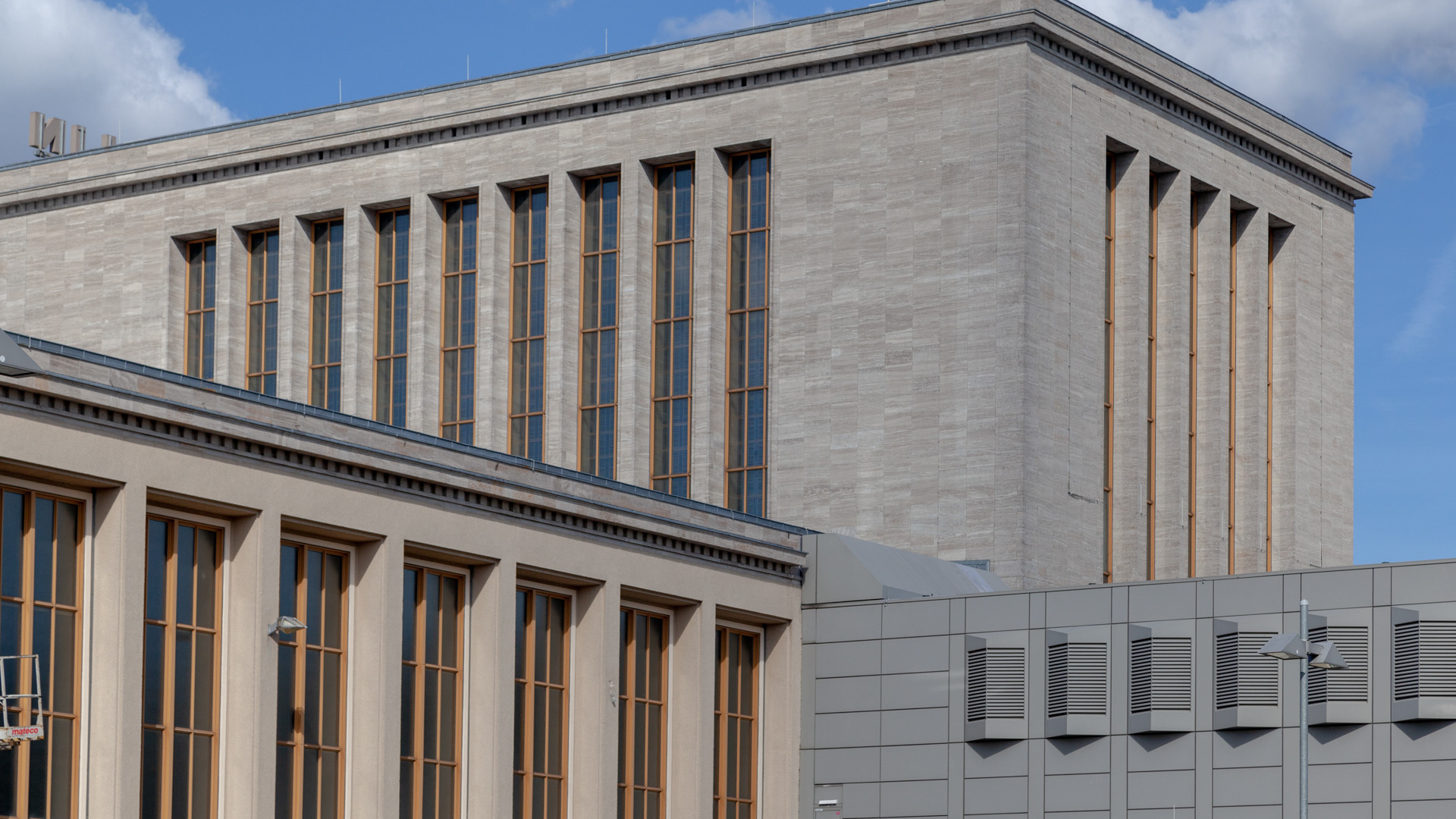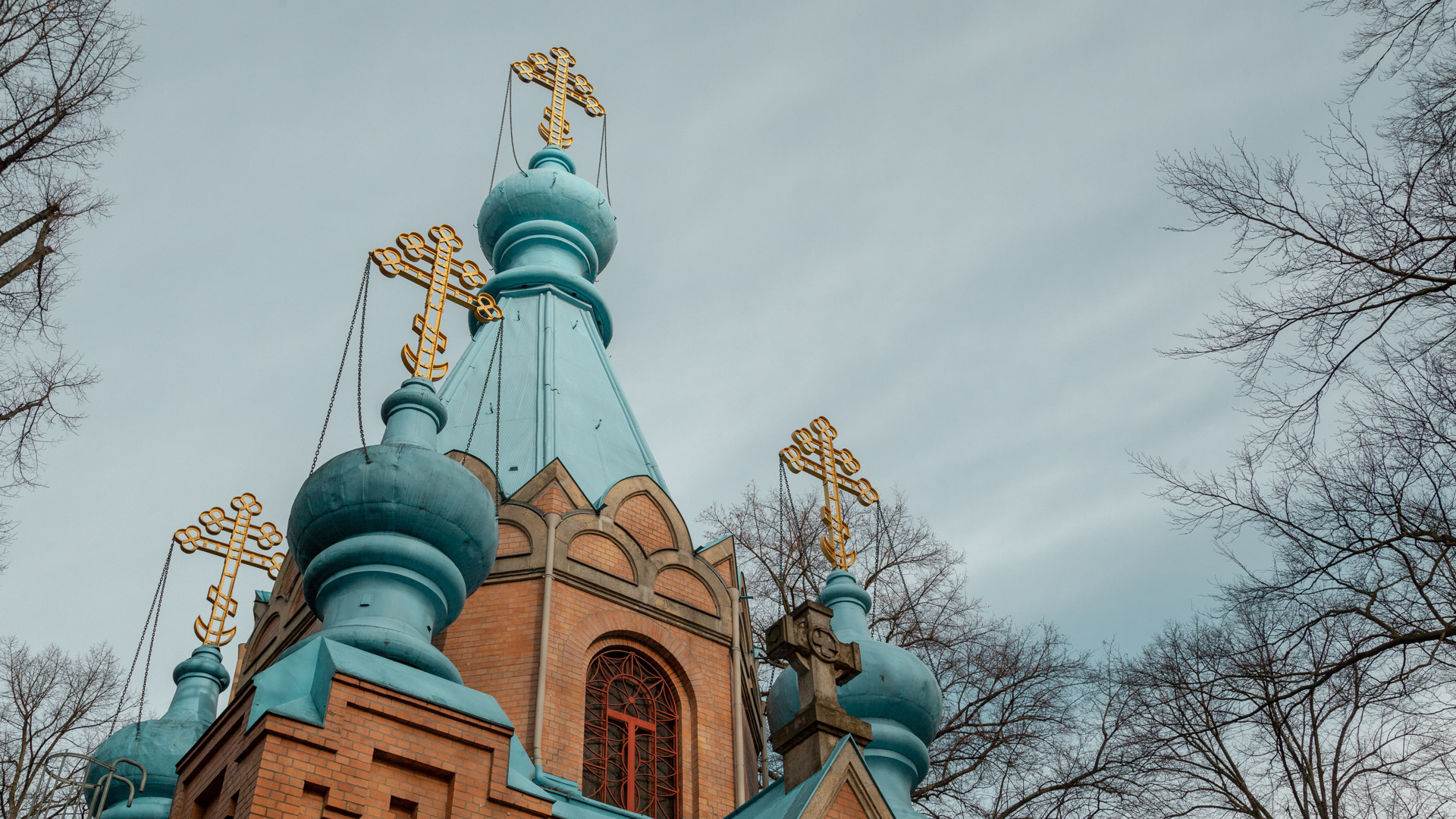There's actually not so much left from the Kristallnacht pogrom in 1938, the Night of Broken Glass, the series of coordinated attacks against Jews throughout Nazi Germany and Austria on 9–10 November 1938, carried out by SA paramilitary forces and non-Jewish civilians. German authorities looked on without intervening. The name Kristallnacht comes from the shards of broken glass that littered the streets after Jewish-owned stores, buildings, and synagogues had their windows smashed.
The first Jewish religious services after the Second World War took place back in the summer of 1945. In the underground, around 1,400 Berlin Jews had survived from the death camps were about 1,900 survivors returned to Berlin. In 1953, the separation within the Jewish community was completed : a small number of members remained in the former Soviet sector, while the greater part moved to the western sectors. Then after Die Wende, they merged again.
The Jüdisches Gemeindehaus (Former Jewish Community Building) in Fasanenstraße is now a new building, and although the Jewish community has moved its headquarters from the this building in the center Judaicum (New Synagogue) on Oranienburger Straße, it's an important center for West Berlin.
Before the construction of the town hall, were placed here the old portal, the sculpture of a destroyed Torah scroll, as well as a memorial to the murdered Jews in the Holocaust, still visible from the outside.
The first Jewish religious services after the Second World War took place back in the summer of 1945. In the underground, around 1,400 Berlin Jews had survived from the death camps were about 1,900 survivors returned to Berlin. In 1953, the separation within the Jewish community was completed : a small number of members remained in the former Soviet sector, while the greater part moved to the western sectors. Then after Die Wende, they merged again.
The Jüdisches Gemeindehaus (Former Jewish Community Building) in Fasanenstraße is now a new building, and although the Jewish community has moved its headquarters from the this building in the center Judaicum (New Synagogue) on Oranienburger Straße, it's an important center for West Berlin.
Before the construction of the town hall, were placed here the old portal, the sculpture of a destroyed Torah scroll, as well as a memorial to the murdered Jews in the Holocaust, still visible from the outside.
